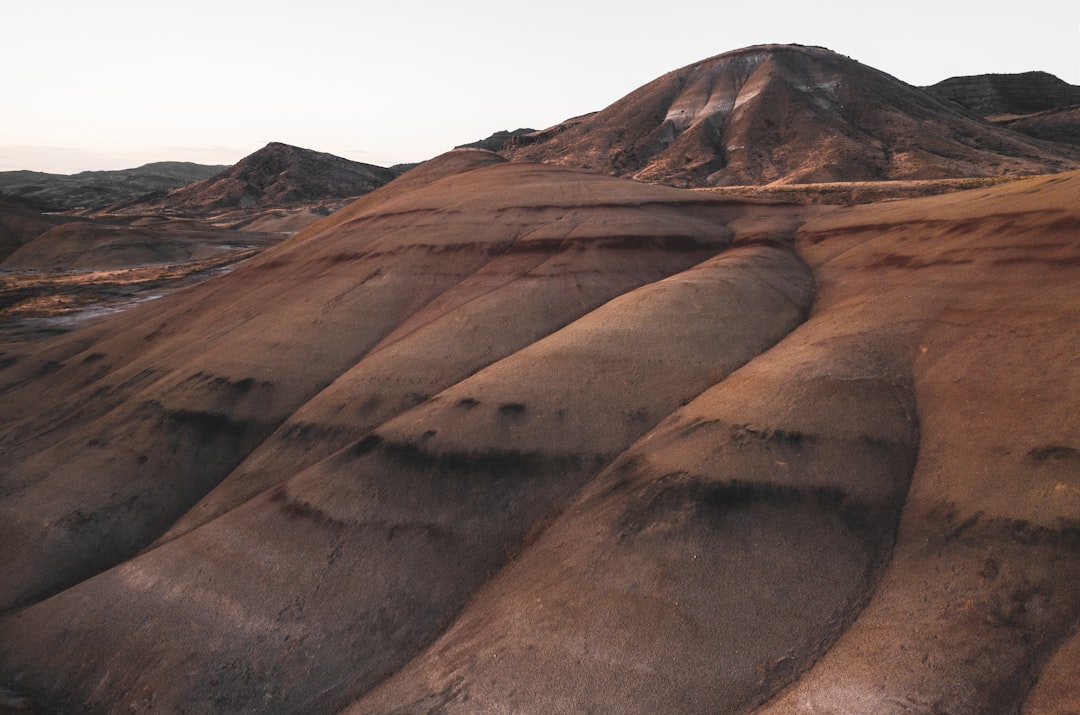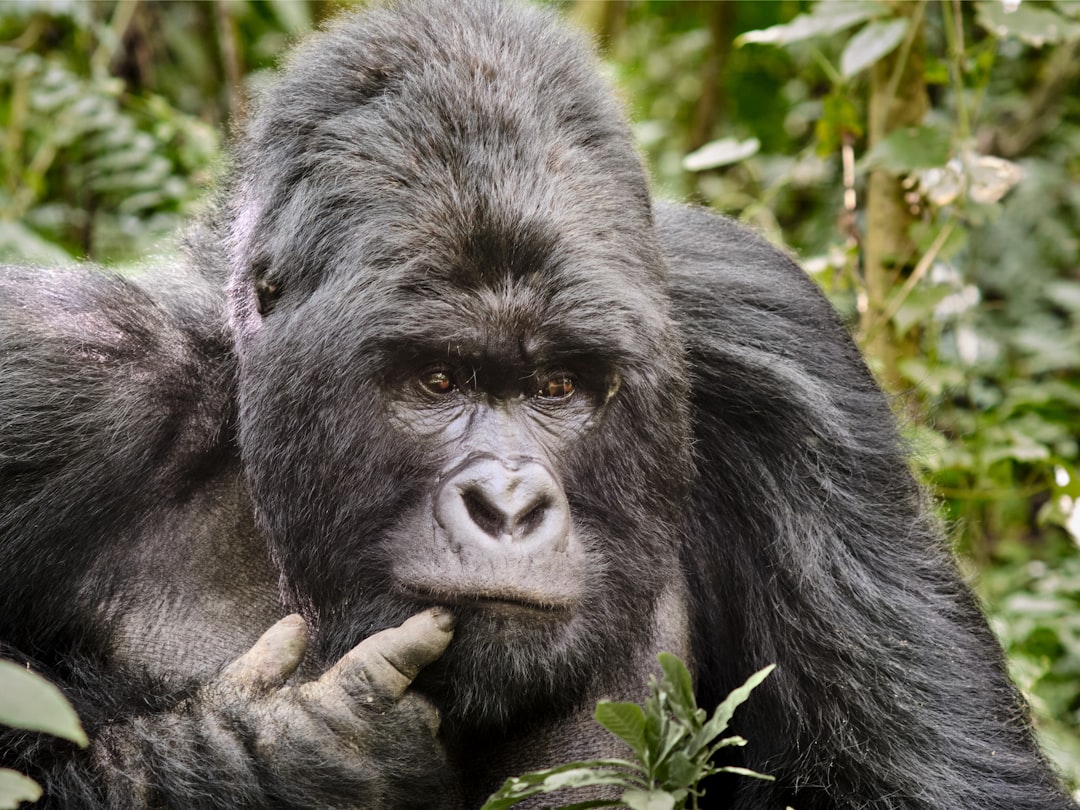What is it about?
The Pacific Northwest region of North America is a site of very complex tectonomagmatic activity. This activity is due to subduction of the Pacific plate, the associated Cascade chain of volcanoes, micro-plate interactions, and mantle plume activity to the east of the plate margin that produced the Yellowstone hotspot track along the Eastern Snake River Plain (ESRP). A number of recent geophysical and geological studies have produced new results that have drawn attention to the complex tectonic setting of the region east of the Cascade Range, and its tectonic evolution is the subject of considerable scientific interest and debate. Numerous seismic studies have specifically focused on the crustal and upper mantle structure of the ESRP and Yellowstone area. However, crustal-scale studies of the Western Snake River Plain (WSRP) are limited. We undertook an integrated analysis of new and existing geophysical data and geologic constraints to study the crustal structure of the WSRP and generated two-dimensional crustal models across it.
Featured Image
Why is it important?
Eastern Oregon and southern Idaho are largely covered by volcanic flows that migrated eastern to produce the Yellowstone National Park region.
Perspectives
With the exception of the Yellowstone National Park region, this area is rarely visited due to its remote location and sparse population. However, it is a geological wonder.
Dr G. Randy Keller
University of Oklahoma
Read the Original
This page is a summary of: A crustal-scale integrated geophysical and tectonic study of the Snake River Plain region, northwestern U.S.A., International Geology Review, March 2017, Taylor & Francis,
DOI: 10.1080/00206814.2017.1303647.
You can read the full text:
Contributors
The following have contributed to this page










